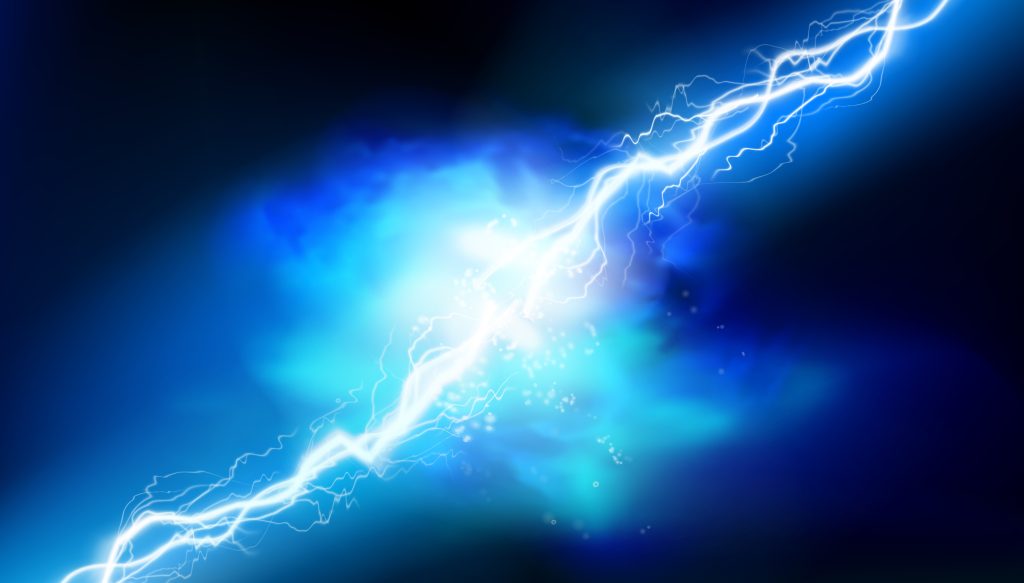The United Kingdom is credited with being the first country to use electricity for public use, marking a significant milestone in the history of electricity. In the late 19th century, the UK pioneered the development of electric lighting and energy distribution, leading to the world’s first public electricity supply in Godalming, Surrey, in 1881. This early adoption of electricity sparked further innovations and the spread of electric power across the globe. The UK’s role in the early days of electrical engineering and infrastructure set the foundation for the widespread use of electricity in the modern world. Other countries quickly followed suit, adopting electricity for public and private use, revolutionizing how societies operated and lived. The evolution of electricity usage from these initial deployments has led to electricity’s integral role in our daily lives today.

A deregulated energy market is an industry structure where government regulations on energy pricing, entry, and operation are reduced or removed, allowing for increased competition among energy suppliers. In a deregulated energy market, consumers are free to choose their energy providers and pricing plans, fostering innovation and efficiency in producing and delivering energy services. Deregulation typically applies to electricity and natural gas markets, although the extent and implementation vary by region. The primary goals of deregulating energy markets are lowering consumer prices, promoting investment in new technologies and infrastructure, and enhancing overall market efficiency. However, deregulation also requires effective oversight to prevent market abuses, ensure fair competition, and maintain the reliability of energy supply.
To choose an energy provider, start by assessing your energy needs and priorities, considering factors like consumption, renewable energy options, and pricing structures. Research available providers in your area, reading customer reviews and recommendations to gauge their reputation. Compare rates, contract terms, and any renewable energy options that align with your preferences. Assess customer service quality and look for additional services or benefits, such as energy efficiency audits. Understand billing and payment methods and carefully review contract terms and fees. Seek recommendations from others and contact providers directly to ask questions. Once you’ve gathered this information, make an informed choice that suits your needs and preferences while keeping an eye on potential switching procedures if you’re changing providers.
When a power blackout occurs, utility companies immediately spring into action to identify the cause and begin restoration efforts. Their response starts with an assessment phase, where the extent and location of the outage are determined using advanced monitoring systems and customer reports. Once the cause and affected area are identified, repair crews are dispatched to the site of the problem. These crews prioritize repairs that will restore power to the largest number of customers first, often starting with significant transmission lines and substations before moving to smaller distribution lines that serve individual neighbourhoods. Critical facilities such as hospitals, emergency services, and water treatment plants may receive priority to ensure public safety and health. Utility companies communicate with customers through various channels, including social media, their website, and local news outlets, providing updates on repair progress and estimated restoration times. Modern utilities may employ intelligent grid technologies to isolate and address outages quickly. These efforts aim to minimize the duration of blackouts and restore normal operations as safely and efficiently as possible.
A smart metre is an advanced metre that records your energy usage in real-time and sends the information to your utility company automatically. It allows you to monitor your energy usage and costs more accurately, and eliminates the need for manual metre readings. Smart metres also enable utilities to offer more innovative pricing plans, such as time-of-use tariffs, which charge different rates depending on the time of day or season.
Yes, energy deregulation exists in Canada, but its extent varies by province. Some provinces have fully deregulated energy markets, while others maintain regulated monopolies or a combination of regulated and deregulated elements. For example, Alberta has a deregulated electricity market, allowing consumers to choose their electricity provider and pricing plans. On the other hand, provinces like Ontario and Quebec maintain regulated electricity markets, with government oversight of pricing and distribution. Natural gas markets in Canada also experience varying degrees of deregulation, with some provinces offering consumer choice in suppliers while others maintain regulated pricing structures.
It is often cheaper to buy natural gas and electricity from the same supplier. At Peace Power, we offer a discount for bundling services. This is because it costs us less to provide both services to our customers. Make sure that your compare the bundled price with the cost of purchasing each service separately. View our rates for more information.
Links